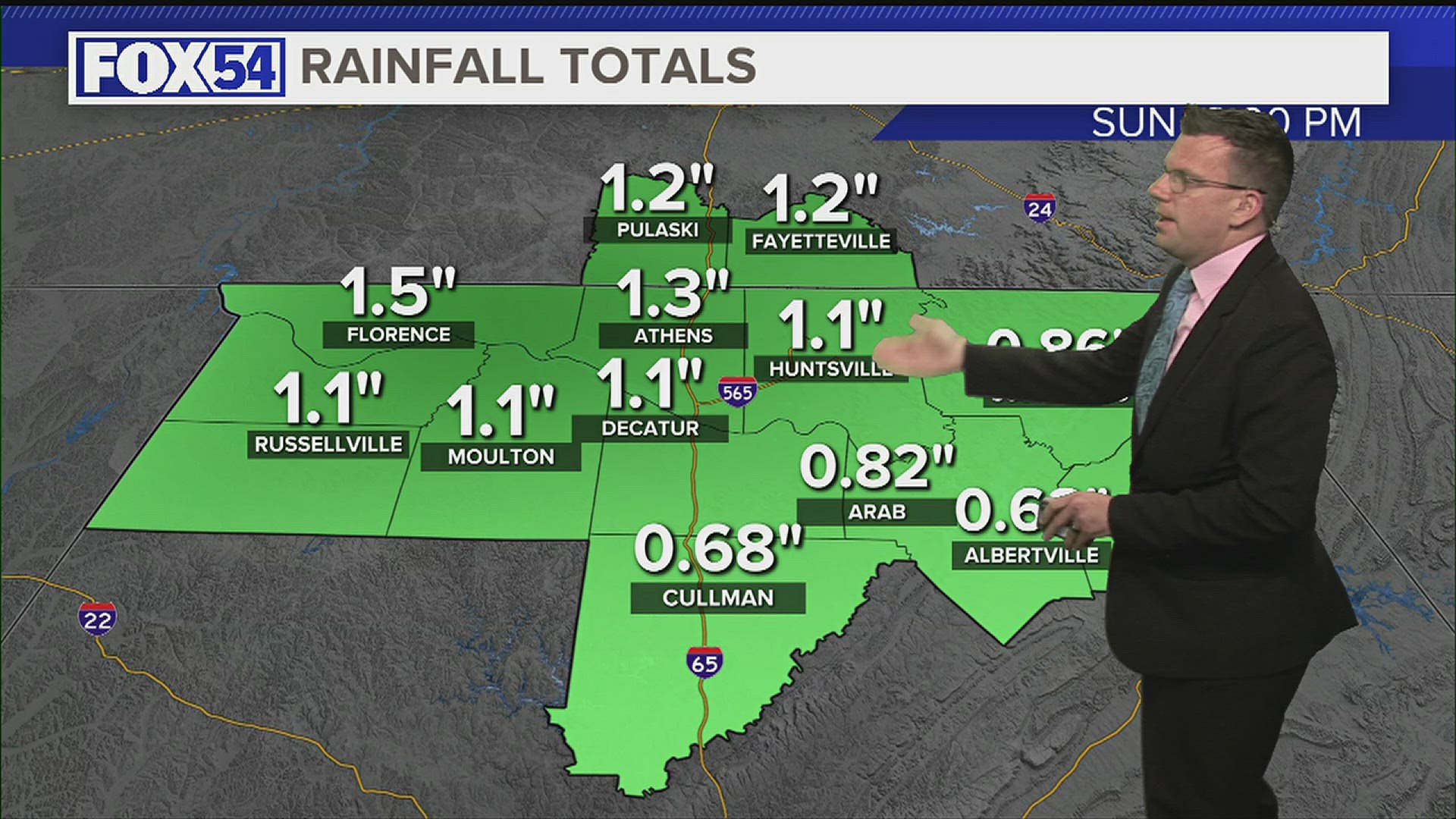Well here we go! The beginning of something great, and something the faithful readers have been hopefully looking forward to since the dawn of the blog. I am doing a series. A five-day series to be exact. The first is the one you’re currently reading and the last will be this Friday.
Why?
Because today is the first day of Severe Weather Awareness Week. Each day the blog will discuss a different topic that hopefully you’ll read, and it’ll help you be better prepared in the future. I’ll also be taking this opportunity to explain some common misconceptions.
Today’s topic: Severe Thunderstorms.
The first and most important question we’ll discuss and one that comes with one big misconception is simple. What is a severe thunderstorm?
A severe thunderstorm is officially defined as a storm that has hail that is at LEAST 1 inch in diameter OR winds of 58mph. Hail of this size can damage plants and property, and wind of this strength is capable of breaking large branches and doing structural damage. Of course, the hail can be bigger, and the winds can be stronger, so it’s important to be vigilant during severe weather.
Notice that lightning was NOT mentioned in the definition of severe weather and is not a parameter when determining whether a storm is severe or not. That being said lightning can be very dangerous, but that’s another blog for another day.
When it comes to hail sizes and comparisons to everyday objects, there’s a handy reference above. For hail to develop, a severe storm must reach a certain altitude where it is cold enough for hail to develop. This occurs in the Hail Growth Zone. The strength of the updraft determines how long the ice can stay in the zone and continue growing. It only falls when the weight of the hail is too great for the updraft to hold it up at which point gravity takes over, and the hail stone falls.
Obviously, the longer the hail stays in the hail growth zone the bigger it will get. If you were to cut open a hail stone, you would notice it has layers like an onion as super-cooled water continues to pile on while the stone is inside the hail growth zone.
The next question involves defining the difference between a severe thunderstorm watch and a severe thunderstorm warning. A Severe thunderstorm WATCH means that conditions are favorable for the development of severe weather. These can be issued several hours before the severe weather happens but is no guarantee severe weather will happen.
When a watch is issued it means that meteorologists see an atmosphere that is conducive for the development of severe thunderstorms. This does NOT mean there will be tornadoes (see paragraph above for definition of a severe storm). A severe thunderstorm WARNING means that there is currently a severe thunderstorm within the immediate vicinity of the warning area, and those within the warning area need to take action now.
The next topic regarding severe thunderstorms is one I think people find very confusing. In advance of the potential for severe weather the Storm Predication Center (SPC) will release an outlook which includes the risk for severe weather. There are five different categories which can be seen in the above image.
Some will put these on a fraction scale meaning the marginal risk (1/5) is less important than the high risk (5/5). I choose not to do that. I choose to look at them with equal urgency. With that in mind, they do have different definitions which involves how widespread and long-lived the storms are expected to be. A marginal risk means any severe storm will be short-lived, and the activity is expected to be incredibly scattered, and not very strong. Stepping up to the slight risk, storms will be a little less scattered but still scattered and the storms will still be short-lived. They may be a bit stronger as well. The enhanced risk means storms will be longer in duration with more widespread activity that is more intense. The moderate and high risks mean storms will be widespread and dangerous with the high risk coming, with particularly dangerous storms that are widespread and long-lived.
With severe storms it”s incredibly important to be informed and prepared. A lot of safety tips can often be chalked up to common sense. As always, simply stay weather aware and always catch the latest forecast from on the WZDX News at 9:00. and on our WZDX Weather App.



